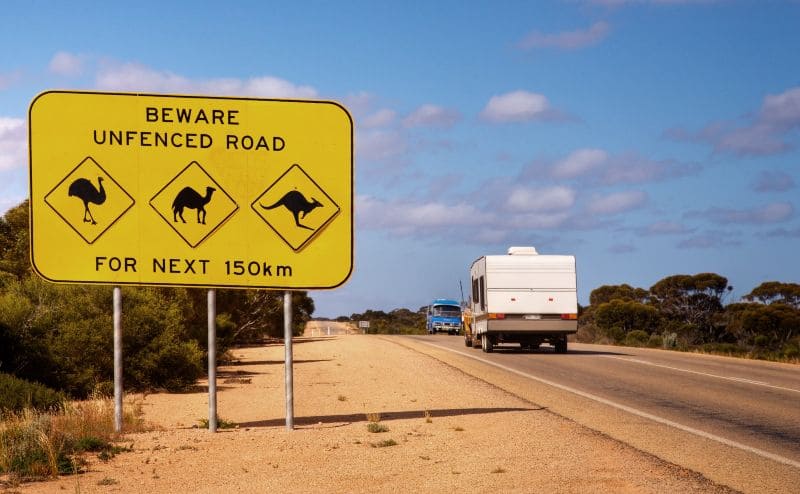
Driving for the first time in Australia can be both exciting and daunting. With a unique set of road rules, driving conditions, and cultural nuances, it’s essential for new drivers to be well-prepared. This article provides practical tips to ensure a smooth transition from a learner to a confident driver, covering everything from understanding road signs to mastering defensive driving techniques.
Understanding Australian Road Rules

It is paramount for first-time drivers to familiarize themselves with the Australian road rules, which may differ significantly from those in other countries. The road rules are designed to ensure safety and proper road conduct. Key regulations include driving on the left side of the road, adhering to speed limits, and using appropriate signals when turning or changing lanes. Furthermore, it is illegal to use a mobile phone while driving unless it is hands-free. New drivers should also pay close attention to road signs and markings, which guide driver behavior and promote safety across the diverse terrains of Australia. In addition, local driving laws can vary from state to state, so it’s wise to check specific regulations in the area where you plan to drive.
Gaining Experience in Different Conditions

As a new driver, gaining experience in varied driving conditions will enhance your confidence and skill. Australia is known for its diverse landscapes, which can include busy urban areas, winding country roads, and challenging terrains. Begin by practicing in low-traffic environments before progressing to busier roads. Make sure to experience different weather conditions, such as rain or fog, as these can significantly affect driving. Additionally, driving at night introduces a new set of challenges, including reduced visibility and increased difficulties judging distances. Familiarize yourself with how your vehicle performs in these situations to improve your overall driving ability. By gradually exposing yourself to different driving conditions, you’ll develop the necessary skills to handle any situation that arises.
The Importance of Defensive Driving

Defensive driving is crucial for ensuring your safety and the safety of others on the road. As a first-time driver, it’s essential to adopt a proactive mindset while driving. This includes maintaining a safe following distance, being aware of blind spots, and anticipating the actions of other drivers. Always assume that other drivers may make mistakes and be prepared to react accordingly. A great way to practice defensive driving is to scan the road ahead for potential hazards, such as pedestrians, cyclists, or erratic drivers. Moreover, remain calm and composed in any stressful driving situations, as this will help you make sound decisions on the road. Utilizing these defensive driving techniques will significantly reduce the likelihood of accidents and improve your overall driving experience.
Using Technology to Enhance Your Driving Experience
Modern technology offers invaluable tools for first-time drivers that can enhance safety and navigation. Applications like Google Maps or Waze provide real-time traffic updates, alternate routes, and estimated arrival times, helping you avoid congested areas. Additionally, dashboard cameras can offer peace of mind, serving as your witness in the event of an accident. For those concerned about vehicle maintenance, there are apps that track service history and remind you of maintenance schedules. Furthermore, many new cars come equipped with advanced safety features, such as lane departure warnings and collision detection systems, which can assist drivers in becoming more aware of their surroundings. Embracing these technologies can empower new drivers and boost their confidence on the road.
Planning and Preparing for Long Road Trips
For many new drivers, embarking on a long road trip can be an exhilarating yet challenging experience. Planning is key to a successful journey. Begin by mapping out your route and identifying potential rest stops along the way to prevent fatigue. Ensure that your vehicle is in good working condition, including checking fluid levels, tire pressure, and brakes. Carry an emergency kit that includes first aid supplies, water, and tools in case of roadside issues. Moreover, consider traveling with a friend or family member on longer trips for additional support and shared responsibility. By taking these preparations seriously, first-time drivers can enjoy their adventures safely and comfortably.
Conclusion
Driving for the first time in Australia is a significant milestone, filled with challenges and rewards. By understanding local road rules, gaining experience in various conditions, practicing defensive driving, utilizing technology, and preparing for long journeys, new drivers can enhance their skills and confidence behind the wheel. Remember that becoming a proficient driver takes time; consistent practice and a proactive approach will lead to success on the road.
Frequently Asked Questions (FAQs)
Before getting your driver’s license in Australia, you must complete a learner’s permit and fulfill a minimum number of supervised driving hours. Additionally, passing a driver knowledge test is required, and you should be familiar with the road rules.
2. Are there specific restrictions for new drivers in Australia?
Yes, new drivers, often classified as learners or provisional drivers, may face restrictions such as passenger limits, zero blood alcohol levels, and restrictions on high-powered vehicles, which vary depending on the state or territory.
3. How can I improve my confidence as a new driver?
Improving your confidence as a new driver involves regular practice, driving in various conditions, and staying calm in adverse situations. Many new drivers also find it beneficial to take driving lessons from a professional instructor.
4. What is defensive driving, and why is it important?
Defensive driving is a set of driving skills that encourage drivers to anticipate potential hazards on the road, maintain safe speeds, and make safe decisions. It is crucial for minimizing accidents and ensuring overall road safety.
5. Can I use a GPS while driving in Australia?
Yes, using a GPS while driving in Australia is legal, but ensure that you use it carefully without distracting yourself from the road. Hands-free options are advisable to minimize distractions.
